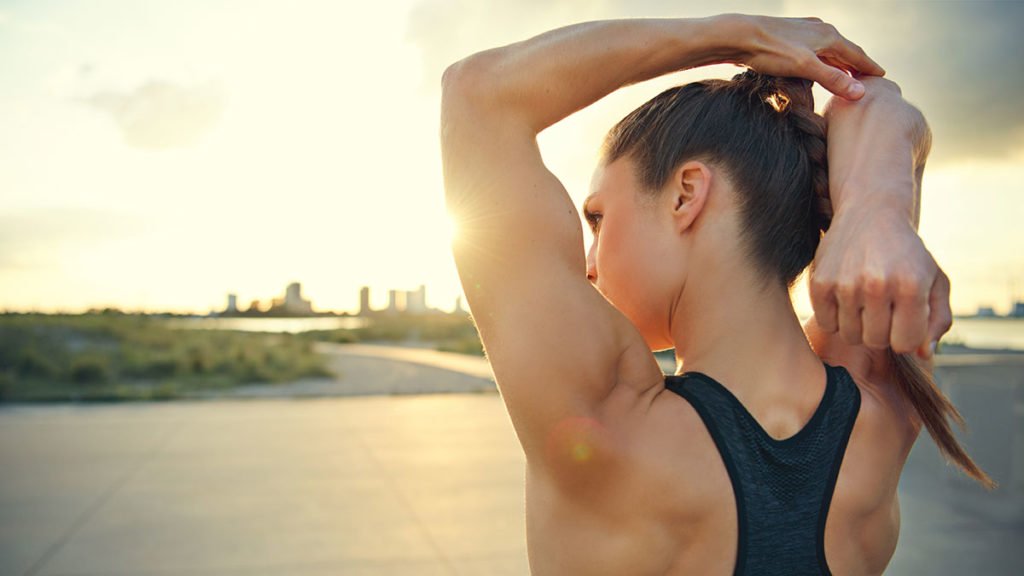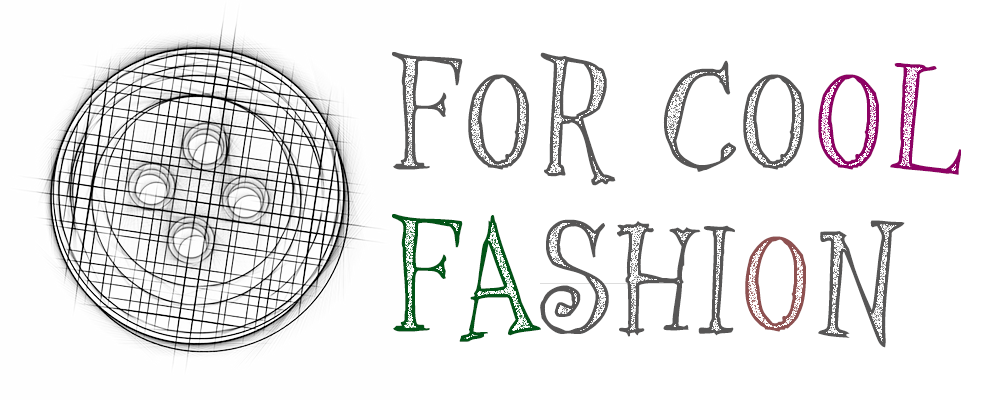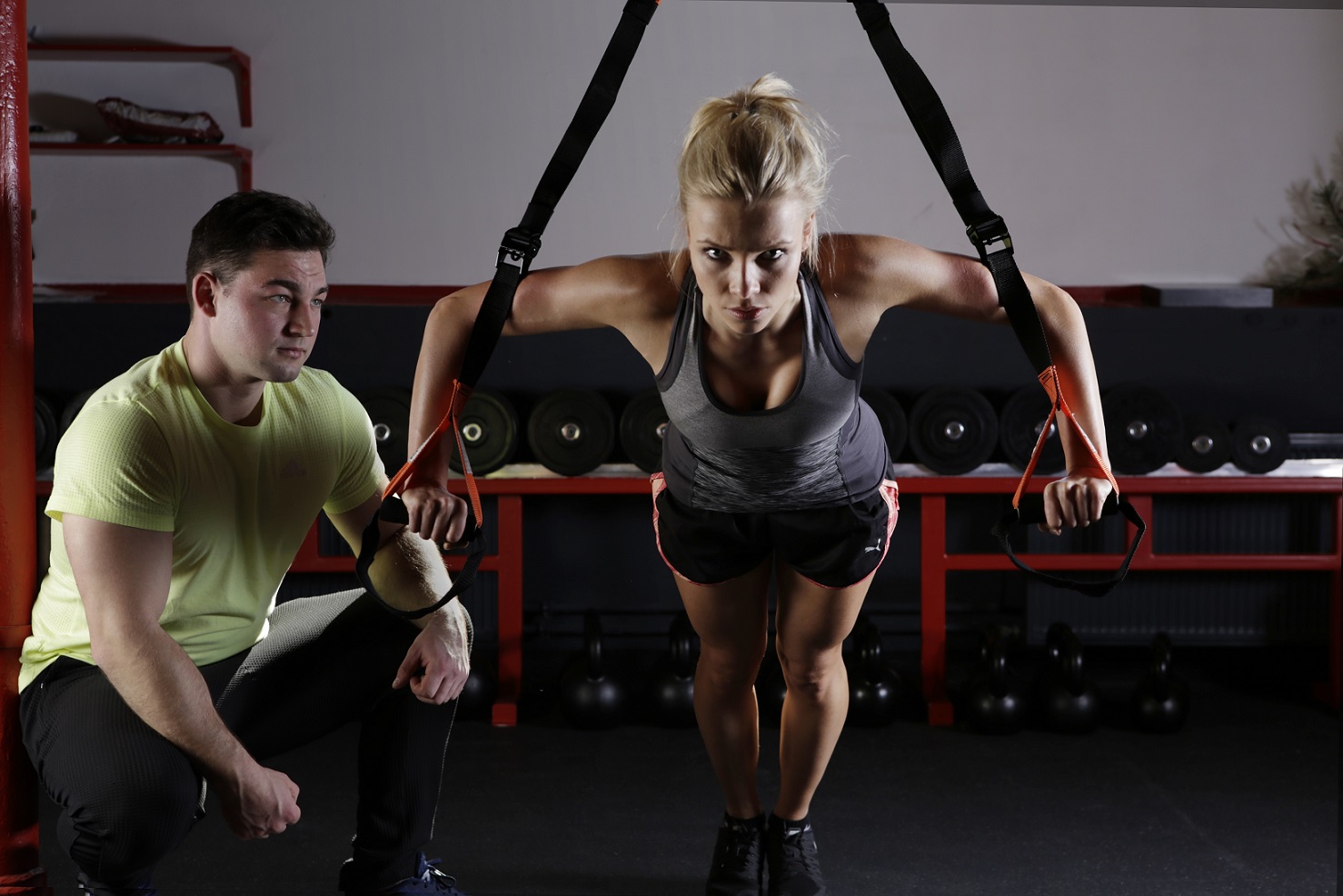| Disclosure: The links on this page are "Affiliate Links" and while these are shown at no costs to our viewers, they generate commissions for our website(s) |
The Sports Bag: What You Should Have in Yours and Why
Effective Preparation for Serious Training
By Danni Holland Ingram
The gym is an unavoidable part of training whoever you are. Those chasing fitness for its own rewards will find the gym useful for its wealth of equipment and amenities. Strength sport athletes will spend most of their time in the gym developing an unparalleled familiarity with it, and those in conventional sports will need to spend significant time in the gym developing their strength and conditioning.
As such, the humble gym bag can’t be overlooked; it is the first step in preparation for a good training session -- preparation on this small scale will show what you’re like as an athlete. To anyone with a casual interest in fitness it may be as simple as a carrier for a water bottle and a towel. For those more seriously involved in sports, it is most likely a poorly-organized collection of bits and pieces that were relevant to training months ago and simply haven’t been cleaned out.
Shop Vans Shoes for Women by Style! Plus Get Free Shipping on All Orders

Warming Up
A proper warm up is vital for whatever you’re doing and proper tools for a proper warm-up are essential. There are 3 main parts to a comprehensive warm up: muscle work, joint work and corrective exercise. The first is simple – for warming up the muscles we want to reduce tightness, soreness and blockages. As a result, a foam roller, hockey ball or theracane are essentials for those who want to keep healthy.
The foam roller is great for larger areas such as the quads or upper back, whereas the hockey ball and Thera Cane/BodyBackBuddy are great for getting deep into the muscles and hitting those hard-to-reach spots around the hips and shoulders. Most serious athletes foam roll already, but everyone should be using some form of release tool to loosen off ‘problem areas’ before exercise.
Joint health should come straight after muscle care – once we’ve loosened off the muscles that pull our joints around, it’s essential to make sure that they’re moving properly and aren’t creaky or sore. This can be difficult for those with poor mobility and exercising on cold, stiff joints can make things worse, resulting in things like injuries or poor performance in the gym, track, pitch, mat or wherever else sports are practiced.
Voodoo flossing is one of the fastest and most effective methods for warming up the joints. Rather than just half-heartedly performing some movements for each joint, wrapping it with voodoo floss will increase blood flow to the area. For example, wrapping above and below the knee and performing squats will almost immediately get a stiff knee ready for any hard working. Hopefully, you won’t need these, but effective preparation means you’re ready if you ever do .
Corrective exercise is an under-appreciated part of a good warm-up routine. These are exercises used to fix poor movements by activating proper muscles and ensuring that we use the right muscles in the right sequence.
For most of us, this will mean the glutes or scapular muscles of the upper back. Bands are an excellent way to avoid these problems – banded crab walks or good mornings fire the glutes up before a scrum in rugby, a deadlift in powerlifting and can even help improve the technique of runners. Alternatively, band pull-aparts ensure proper scapular retraction in sports where the shoulder girdle takes a lot of impact or plays an important role, or for training exercises such as the bench press where shoulder tightness and upper-back use are concerns.
Tools for Effective Training
The main goals of training in the gym are universal: improve body composition, strength and fitness. The essentials we’re discussing today will cover these “lowest common denominators” – the essentials for everyone regardless of what they’re training for . Effective training and peak performance isn’t reserved for Olympic athletes – everyone should be doing what is most effective for their goals and these pieces of equipment will greatly help.
Proper footwear is essential to reduce the risk of injury and improve performance in whatever exercise you’re performing. Proper, supportive running shoes will be necessary for those training their running ability for competition (for track and field), conditioning or general fitness.
Weightlifting shoes will improve technique, balance and joint health when squatting and performing Olympic lifts. Plimsols or specially-designed slippers are great choices for deadlifts and other resistance training movements where we want to apply force through a flat foot (this might be as simple as leg presses and upper-body pressing +movements). We aren’t saying to take 3 changes of shoes to every session, but planning your footwear for your training session is another step to effective preparation.
When training heavy squats, deadlifts or Olympic lifts, a weight-training belt is essential. Different designs exist for different purposes (with powerlifting belts having their own specific design) but a general tapered weight-training belt will be a great addition to your gym bag. The belt provides external resistance to the core, allowing for greater core muscle activation, protecting the structures of the spine when performing heavy barbell movements – a staple in the development of a balanced physique and the strong, powerful athlete.
Wrist wraps are one more item of supportive apparel that is beneficial in the gym: the wrists are a very rarely-trained part of the body and one of the most susceptible to injury in life and training. Impact and excessive compression through the wrist can cause a variety of injuries and pressing movements such as the overhead press and bench press can put a lot of pressure on the wrists. Wrist wraps offer support to reduce hyper-extension (a very uncomfortable position when weight is applied) and keep the joint stable during loaded movements.

Recovery and Injury Prevention/Management
Injuries are no fun; they stop you from training, can cause some severe pain and could possibly mar performance for months or years to come. Unfortunately, minor injuries are almost entirely unavoidable for anyone involved in high-level sports or even recreational fitness. Dealing with minor injuries and preventing them is one of the things we can do through proper gym bag organisation and attention to detail.
The first concern for those who are either involved in rowing at a high level or barbell training is hand care: the callouses of the hand can easily tear or rip, resulting in discomfort and pain when trying to train. A soft, fabric-based tape should always be kept in the gym bag and can be purchased inexpensively – this will reduce the chance of further tearing, infection and will allow us to return to training with relatively little discomfort and without bleeding on gym equipment! This can also be used for anywhere on the body where friction injures us.
Strapping is a way of preventing more severe injuries: sometimes joints and muscles take a more severe beating through sports and heavier training in the gym and could do with some support whilst we fix them up. Obviously, the first choice should be consulting a medical professional and getting sufficient rest to heal up.
However, sometimes this is not possible or individuals choose to train through/around injuries. Strapping involves using kinesiology tape to support the joint in a position, reduce stress or impact and prevent development of minor injuries into severe injuries. Again, we’d like to avoid this but it is much better to be prepared: a roll of kinesiology tape is inexpensive and can really reduce the chance of encountering a severe injury. In this case, it’s better to be safe than sorry!
For those dealing with existing injuries, it will be beneficial to keep things such as ibuprofen, ice packs and other, more specific pain relief methods at hand. If you’re an athlete or individual suffering with long-term joint or muscle soreness because of a pre-condition, managing pain and soreness will be an essential part of training.
Ibuprofen and ice packs can be used, under the advice of a medical professional, to reduce swelling and inflammation of vulnerable or previously-injured parts of the body. This is particularly pertinent for those who perform sports at a high level or those who are older and have acquired wear-and-tear on their joints or muscles. Proper self-maintenance and prehab, combined with reducing pain and inflammation, will keep you healthy and able to train towards your goals.
After training, we want to get ourselves back to normal as possible. This generally means we’ll need two things in our gym bag: food or drink to refuel with and fresh clothes! The clothes are obvious – nobody wants to be walking around in sweaty, chalky clothes! Food and drink are essential post-training to get the body refueled and quench any hunger or thirst cravings that have built up over the course of a training session.
Proper nutrition and hydration are necessary for maximum recovery and once we’ve finished our session we are likely to be ravenous! A snack that is high in carbohydrates (and, ideally protein) can accompany a good quality, BPA-free water bottle and possibly a protein shake. These will allow us to keep hydrated and full of nutrients after a tough session.
Concluding Remarks
There are obviously some items on this list which might be more appropriate for one group of people or another: elite athletes may well need to employ these items on a regular basis, whereas those whose fitness interests are purely aesthetic or health-based may need them very rarely.
We hope that nobody gets injured, but everyone should be prepared to. Preparation ahead of time may seem time-consuming or unnecessary, but we can guarantee that proper performance and avoiding injuries will pay off in the long run. Failing to prepare has acquired a cliched status, but preparing for inevitable short-term failures or injuries is the same as preparing for maximal long-term health and performance. Take some time to organise your gym bag, stock it with these essentials and prepare yourself for training ahead!









